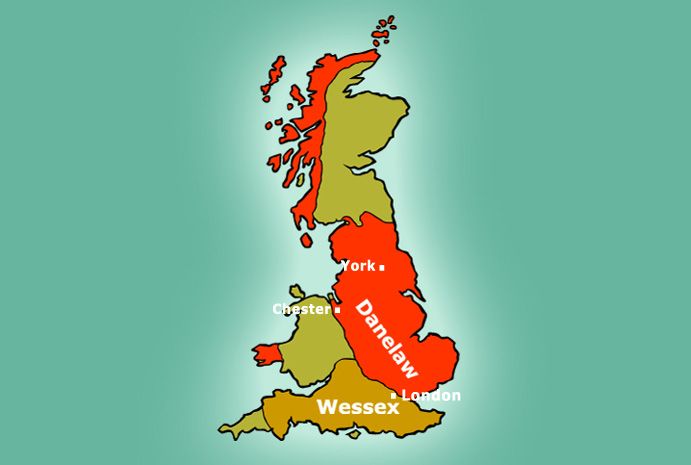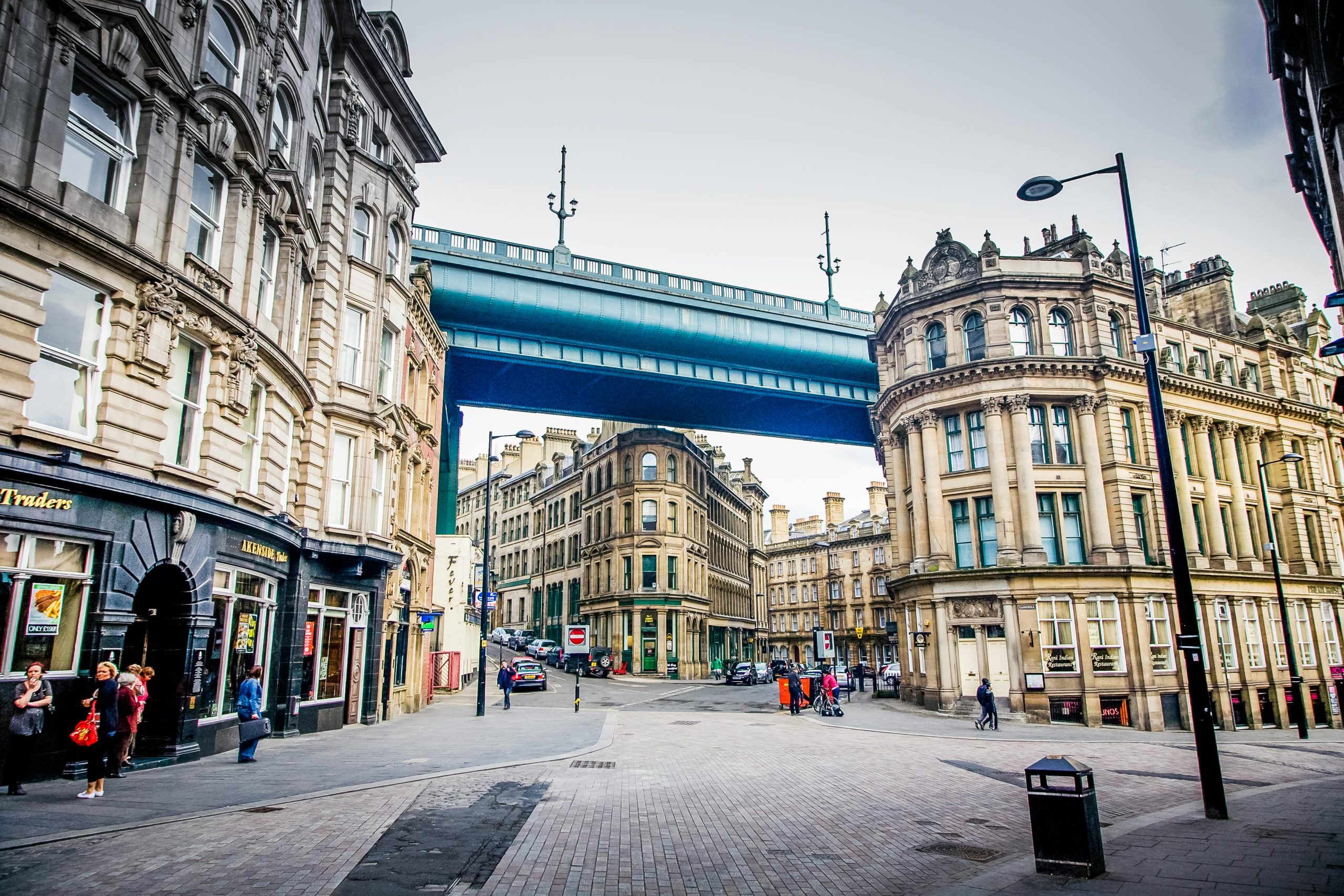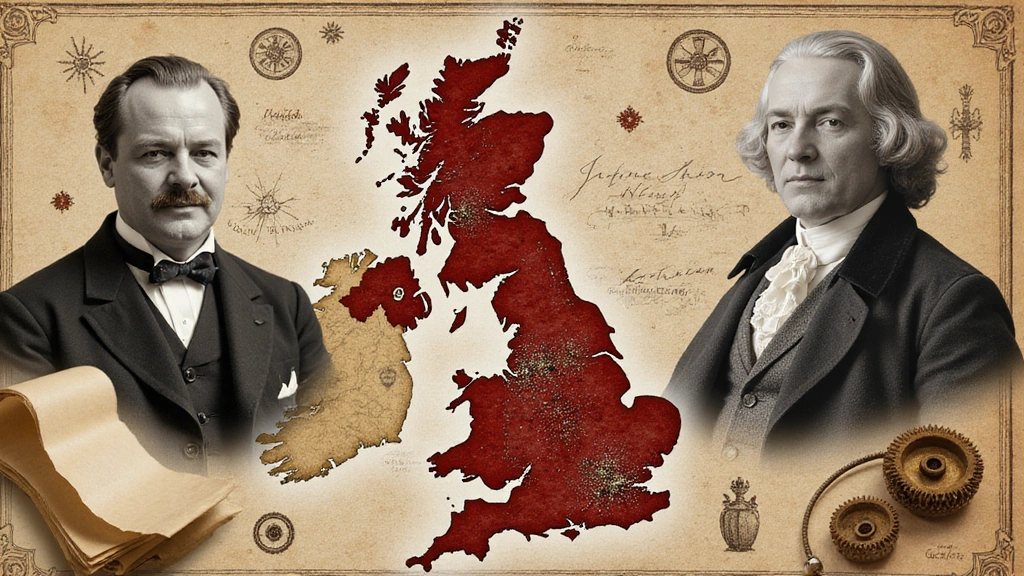Table of Contents
Introduction
The terms “Great Britain” and “United Kingdom” are often used interchangeably, but they refer to distinct geographical and political entities. While they are closely related, understanding the differences between the two is essential for grasping the complexities of the British Isles and their political structure.
What is Great Britain?
Great Britain is a geographical term that refers to the largest island in the British Isles. It comprises three countries:
- England – The largest and most populous country, home to the capital city of London.
- Scotland – Located to the north of England, known for its rugged landscapes, rich history, and cultural heritage.
- Wales – Situated to the west of England, characterized by its mountainous terrain and Celtic traditions.
Great Britain does not include Northern Ireland or any of the smaller islands, such as the Isle of Man or the Channel Islands. The term is purely geographical and does not imply any political unity.
What is the United Kingdom?
The United Kingdom (UK), officially known as the United Kingdom of Great Britain and Northern Ireland, is a sovereign state. It is a political union that includes:
- Great Britain – The island comprising England, Scotland, and Wales.
- Northern Ireland – Located on the island of Ireland, sharing a border with the Republic of Ireland.
The UK is a single nation-state with a centralized government based in London. It has a shared monarchy, currency, and legal system, although Scotland, Wales, and Northern Ireland have varying degrees of devolved powers.
Key Differences
- Geographical vs. Political:
- Great Britain is a geographical term referring to the island containing England, Scotland, and Wales.
- The United Kingdom is a political entity that includes Great Britain and Northern Ireland.
- Constituent Countries:
- Great Britain includes only England, Scotland, and Wales.
- The UK includes England, Scotland, Wales, and Northern Ireland.
- Sovereignty:
- Great Britain is not a sovereign state; it is simply the name of an island.
- The UK is a sovereign state recognized internationally.
- Governance:
- Great Britain does not have its own government; its constituent countries are governed as part of the UK.
- The UK has a centralized government, though Scotland, Wales, and Northern Ireland have their own devolved administrations.
Historical Context
The distinction between Great Britain and the United Kingdom has its roots in history. The term “Great Britain” was first used officially in 1707 when the Kingdom of England (which included Wales) and the Kingdom of Scotland united to form the Kingdom of Great Britain. Later, in 1801, the United Kingdom of Great Britain and Ireland was created when Ireland joined the union. After most of Ireland gained independence in 1922, the name was changed to the United Kingdom of Great Britain and Northern Ireland.
Common Misconceptions
- England vs. Great Britain vs. UK:
- England is just one part of Great Britain, which in turn is part of the UK. Referring to the entire UK as “England” is incorrect and can be offensive to people from Scotland, Wales, or Northern Ireland.
- British Isles:
- The British Isles is a broader geographical term that includes Great Britain, Ireland (both Northern Ireland and the Republic of Ireland), and smaller islands like the Isle of Man and the Channel Islands.
Conclusion
While Great Britain and the United Kingdom are closely linked, they are not the same. Great Britain refers to the island containing England, Scotland, and Wales, while the United Kingdom is a political entity that includes Great Britain and Northern Ireland. Understanding this distinction is key to appreciating the historical, cultural, and political nuances of this region. Whether you’re discussing geography, politics, or culture, using these terms correctly ensures clarity and respect for the diverse identities within the British Isles.
Introduction
The Magna Carta, Latin for “Great Charter,” is one of the most influential documents in history. Signed on June 15, 1215, by King John of England under pressure from his rebellious barons, the Magna Carta laid the foundation for constitutional governance, the rule of law, and individual liberties. Its principles have resonated through the centuries, shaping the development of democratic institutions and human rights worldwide.
Historical Context
In the early 13th century, England was in turmoil. King John’s reign was marked by military failures, heavy taxation, and conflicts with the Church and his barons. His defeat in the Battle of Bouvines (1214) exacerbated discontent among the nobility, who were frustrated by his arbitrary rule and financial demands. In response, a group of barons rebelled and forced the king to negotiate.
The Magna Carta was drafted by Archbishop Stephen Langton and the barons as a peace treaty to limit the king’s powers and protect feudal rights. It was sealed at Runnymede, a meadow by the River Thames, and although it initially failed to prevent civil war, its significance grew over time.
Key Provisions
The Magna Carta contained 63 clauses addressing various grievances. While many clauses were specific to medieval feudal society, several principles have enduring relevance:
- Rule of Law: The Magna Carta established that the king was not above the law. Clause 39, for example, states that no free man shall be imprisoned, dispossessed, or harmed except by the lawful judgment of his peers or by the law of the land. This principle laid the groundwork for due process and legal accountability.
- Limitation of Arbitrary Power: The charter curtailed the king’s ability to levy taxes without the consent of his barons, a precursor to the idea of no taxation without representation.
- Protection of Rights: While initially intended for the barons, the Magna Carta’s protections gradually extended to all citizens, influencing the development of universal human rights.
- Justice and Fairness: The charter emphasized the right to a fair trial and access to justice, principles that remain central to modern legal systems.





2 thoughts on “Great Britain and the United Kingdom: Understand the Difference”
Comments are closed.